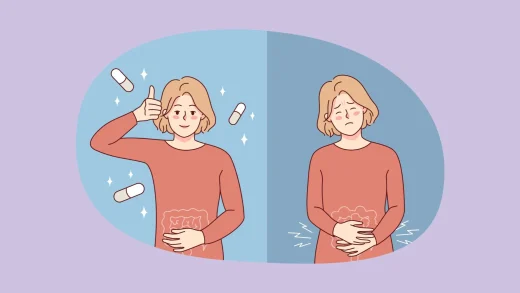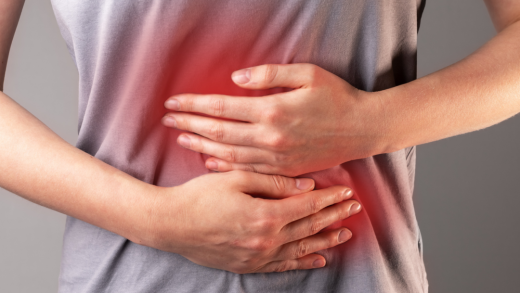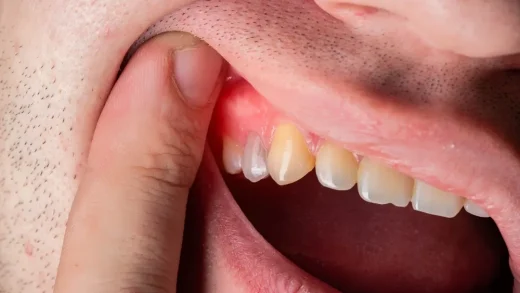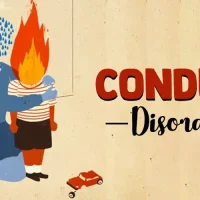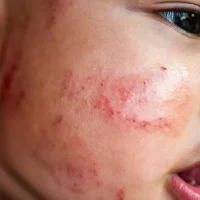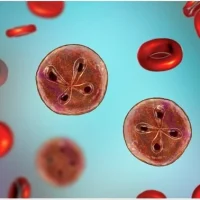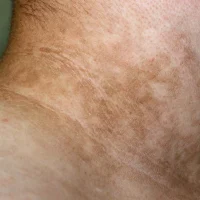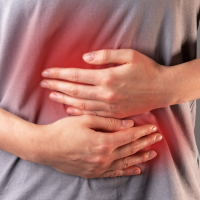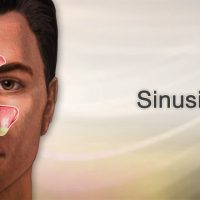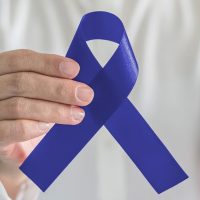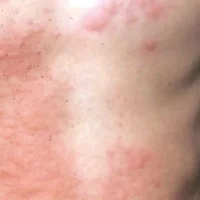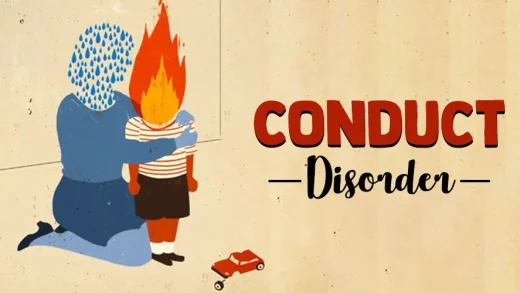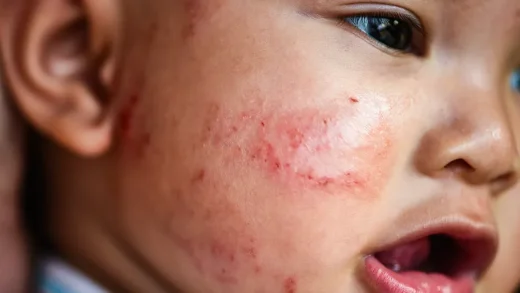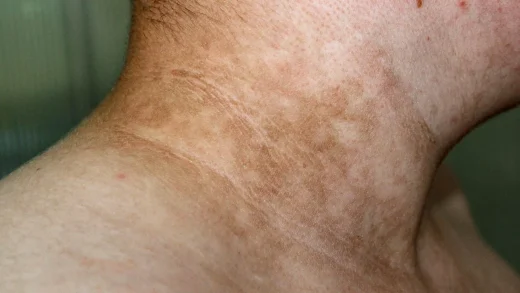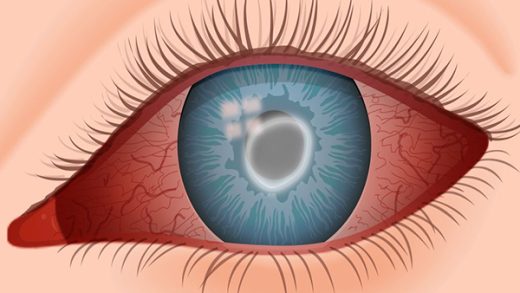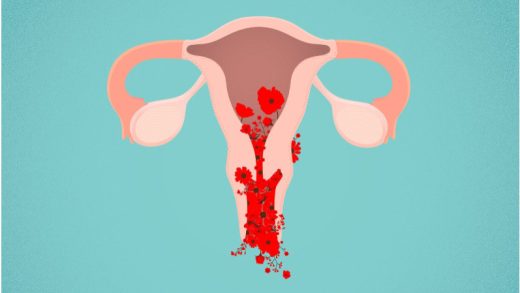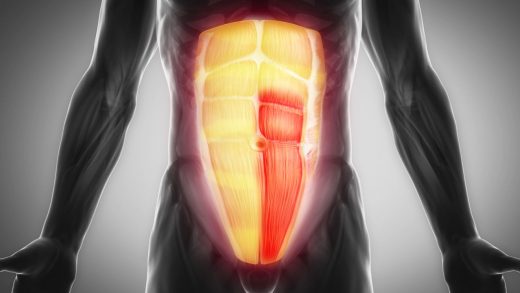What is an absence seizure?
Seizures known as absences result in a momentary loss of consciousness. They usually begin abruptly and without warning, lasting only a few seconds. These are typical in kids, and occasionally they are misinterpreted as inattention or daydreaming. There is instant recovery.
An older term for these seizures is petit mal seizures. The medical community no longer supports this name. Medication is usually effective in controlling childhood absence seizures.
What does an absence seizure look like?
If your child experiences an absence seizure:
- They may look like they are staring off into space or have a blank stare. Your child has temporarily lost awareness of what’s happening around them.
- They may suddenly stop all activity — even in the middle of an activity — and will not respond during the seizure. This is especially notable during school or when they are breathing heavily.
- Their eyes may turn upwards or their eyelids may flutter.
How long do absence seizures last?
Seizures typically last five to thirty seconds, but they can occasionally last up to several minutes. The likelihood that someone else will notice the seizure increases with its duration.
Seizures of absence can occur ten to thirty times a day on average. A child may experience hundreds of absence seizures in a single day.
What happens after an absence seizure ends?
Usually, your child carries on with their previous activities even after having a seizure. They are usually alert and able to think clearly. On the other hand, should multiple seizures occur in close succession, your child may appear or behave disoriented, losing their sense of self in the surrounding environment. For example, during the seizure, they may miss hearing instructions from teachers or what has been said in a conversation.
Do only children get absence seizures?
Absence seizures can affect anyone, but they are more common in children. They most frequently affect children in the early elementary school years, specifically between the ages of 5 and 7, and are typically observed in children between the ages of 2 and 12.
How common are absence seizures?
Approximately 5 individuals of all ages experience absence seizures, and 6 to 8 individuals of children under the age of 15 experience them every 100,000. Absence seizures account for about 10% of all childhood epilepsies and seizures.
Can you outgrow absence seizures?
Up to 75% of children will likely outgrow absence seizures by the time they reach adolescence. The children who are most likely to outgrow absence seizures are those who exclusively have them and not those who also have other types of seizures.
What can trigger absence seizures?
The triggers for absence seizures are the same as for other types of epilepsy.
Triggers include:
- Lack of sleep.
- Not taking medications as instructed by your healthcare provider.
- Emotional stress, worry or excitement.
- Breathing heavily
- Sounds, flashing lights, bright sunlight.
- Withdrawal from benzodiazepines and other central nervous system drugs.
- Use of medications that make seizures more likely, such as isoniazid (a drug used to treat tuberculosis) or antipsychotics (class of drugs used to treat mental health conditions).
- Use of alcohol or other drugs.
Symptoms and Causes
What are the symptoms of an absence seizure?
Absence seizure symptoms include:
- Brief sudden staring spell or “blank stare.”
- Loss of awareness.
- Complete stop in activity during the seizure.
- Occasional eyelid fluttering or nodding of the head or other “automatic” hand or mouth movements.
What causes absence seizures?
Scientists surmise that all forms of generalized epilepsy, including absence seizures, are influenced by genetics. It is believed that multiple genes are involved. Specific details about inheritance still aren’t known.
What are generalized seizures?
Seizures fall into two primary categories: focal seizures and generalized seizures. One kind of generalized seizure is an absence seizure. Brief aberrant electrical activity that affects both sides of the brain simultaneously precedes these seizures.
Diagnosis and Tests
How are absence seizures diagnosed?
Based on your symptoms, the results of an electroencephalogram (EEG), and a hyperventilation test, your healthcare provider diagnoses absence epilepsy.
Prepare a description of your child’s symptoms that includes the events that led up to, during, and followed the incident. You, other family members, or school employees may be the source of this information.
An absence seizure may be brought on by hyperventilating. Your healthcare provider may ask your child to complete this test in order to aid in the diagnosis. We will ask your child to blow repeatedly for longer than two minutes if that is the case.
An electroencephalogram test will be ordered by your healthcare provider. Using sensors applied to your child’s scalp, the electrical activity of their brain is tracked during this test. Brain wave patterns specific to absence seizures are used to diagnose the condition.
What is an atypical absence seizure?
Absence seizures are classified as typical or atypical by medical professionals. Atypical seizures are recognized by their own unique EEG pattern and can occur at any age. Compared to ordinary absence seizures, this type of seizure typically lasts longer (20 seconds or more) and starts and ends more slowly. Atypical absence seizures also frequently result in increased eye blinking, rubbing of the fingers together, and other hand motions, as well as increased lip-smacking and chewing. Children with severe epilepsy and learning disabilities are more likely to experience atypical absence seizures, which typically coexist with other seizure types.
Management and Treatment
How are absence seizures treated?
Anti-seizure drugs are used to treat absence seizures. The recommended drug for absence seizures is ethosuximide (Zarontin®). Your doctor may also try valproate (Depakene®), lamotrigine (Lamictal®), and topiramate (Topamax®) as additional medications.
Absence seizures are typically not treated with some types of antiseizure drugs, such as phenytoin, carbamazepine, gabapentin, pregabalin, and vigabatrin. These medications may make seizures worse.
A ketogenic diet might be taken into consideration, but there is not much solid data to back it up. If medication is not working for your child’s absence seizures, you might want to think about trying a ketogenic diet.
What follow-up should be expected if my child has been diagnosed with absence seizures?
People with epilepsy are typically managed by a group of medical professionals. A neurologist or pediatric neurologist, primary care physician, pharmacist, nurse, dietitian, and mental health specialist are examples of team members.
If your child has any negative reactions or their symptoms are not under control, make sure to inform your doctors or pharmacist. One may need to adjust the dosage or kind of medication. Occasionally, blood tests will be performed by your primary care physician or neurologist to check liver function and blood levels, depending on the medication being taken. If a ketogenic diet is suggested, a dietitian may be consulted. Your child may need to see a mental health professional if they experience stress, anxiety, or depression.
Prevention
Can absence seizures be prevented?
Unfortunately, there isn’t a way to prevent absence seizures, since genetics are thought to play a role in their cause.
What activities should my child with absence seizure avoid?
Your child shouldn’t swim, dive or rock climb without supervision. Your child also shouldn’t drive unless seizures are controlled with medication.
Outlook / Prognosis
What can I expect if my child has absence seizure?
Most children respond to treatment with anticonvulsant medication. In most children — up to 75% — absence seizures goes away by their teen years and medications are no longer needed.
Additional Common Questions
If the seizures are only brief, do they really need to be treated?
Absence seizures are not harmless, even though they only happen for a brief while. Your child is having episodes of seizures that cause them to lose consciousness. Learning can be hampered by seizures (for example, missing lessons during an episode), which can affect academic performance). Additionally affecting your child’s physical safety, seizures raise the possibility of mishaps.
How can I tell the difference between daydreaming and absence seizure in my child?
If your child is daydreaming, you, a teacher, or a friend can talk to them to get their attention back right away. Usually triggered by boredom, daydreaming develops gradually.
When your child is experiencing an absence seizure, they become uncontrollably distracted, which can happen at any time, even when they are engaged in physical activity. It ends on its own, usually within 20 seconds.
A note from DocAdvice
A brief loss of awareness results from absence seizures. They may be hard to spot because they usually last less than 20 seconds per episode and are more prevalent in kids in elementary school. As a matter of fact, your child’s teachers will frequently become aware of them initially if they exhibit declining academic performance or a lack of response when asked. Fortunately, up to 75 percent of kids with absence seizures on their own outgrow their seizures by adolescence and are drug-free.

